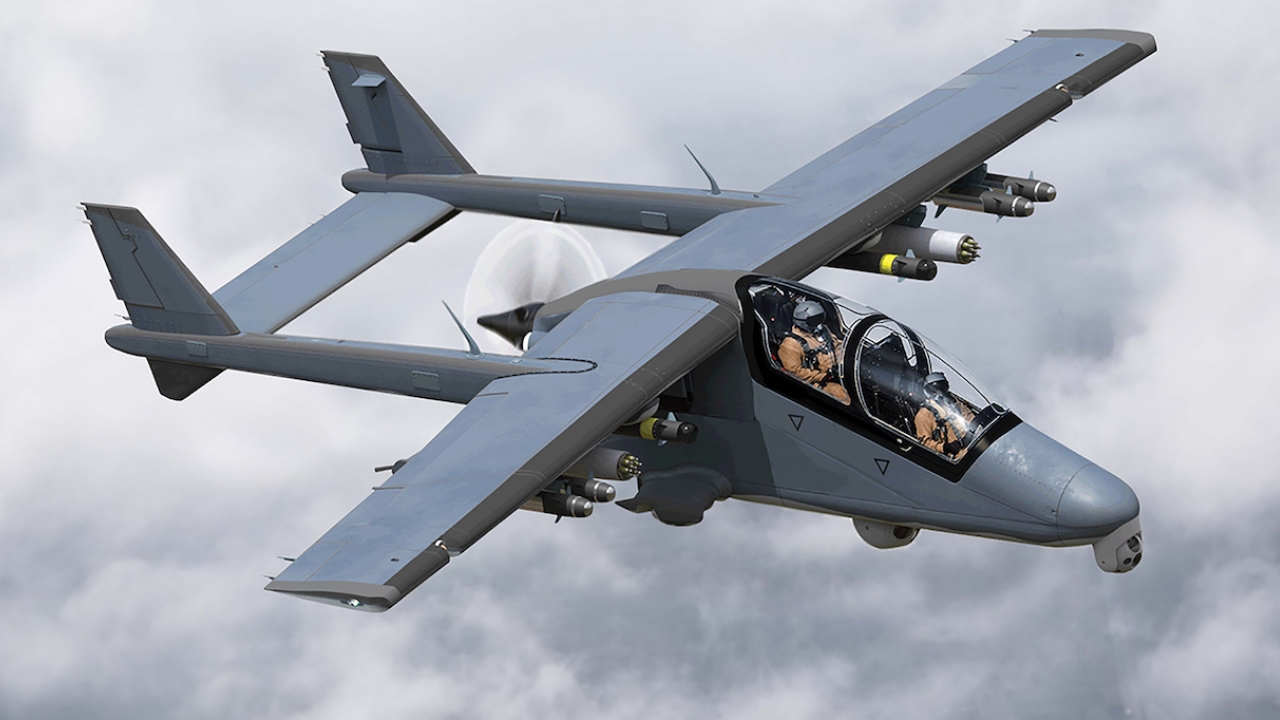Spartans boost Zambia and Kenya
The Leonardo C-27J Spartan is about to enter full operational service with two new African air force operators. Jon Lake reports.

A Kenyan Air Force C-27J Spartan aircraft was photographed taking part in a flying display in Italy, hosted by manufacturer Leonardo, on September 21-22, while a Zambian Air Force C-27J was seen taking off from Lanseria International Airport in South Africa on August 21 2019.
These aircraft will join four Royal Moroccan Air Force C-27Js, delivered from 2012, and two C-27Js delivered to the Chadian Air Force in 2013 and 2014, for operations in Africa.
The Zambian Government ordered two C-27Js in 2015. The first of these made its maiden flight in December 2018, and the second followed later that month.
The procurement of the C-27J followed a number of acquisitions of Chinese military aircraft, including 10 Shenyang F-6A (MiG-19) fighters, 16 Hongdu JL-8 and six L-15 armed jet trainers, seven Harbin Z-9 helicopters, eight Harbin Y-12-II and Y-12-4 19-seat utility transport aircraft, and two Xian MA60 64-seat turboprop airliners.
The new C-27Js will provide Zambia with a new tactical transport capability and will supplement the Y-12-II, Y-12-4 and MA-60. They will be assigned to No9 Air Transport Support Command at Lusaka/Kenneth Kaunda International airport.
The Kenya Air Force ordered three new C-27J Spartan transport aircraft in late 2017, and news of the contract emerged in late June 2018 when Kenyan treasury secretary, Henry Rotich, revealed the previously undisclosed acquisition of two or three C-27Js and an undisclosed number of AgustaWestland AW139 helicopters in a report submitted to the parliamentary public accounts committee.
It transpired that Kenya had taken out a 10-year, Sh20 billion ($198 million) loan for the three aircraft from Italy’s Unicredit SpA on December 11 2017, with repayments due to start on June 11 2019.
Kenya’s new Spartans are expected to replace four de Havilland Canada DHC-5D Buffalos, which equip a transport squadron at Moi Air Base, Mombasa, alongside three de Havilland Canada DHC-8-103s.
It has been reported that the Kenyan C-27Js will be the first to be equipped with a new GATM-compatible avionics suite that provides full compliance with new civil aviation regulations.
There have also been reports that these aircraft will receive unspecified modifications intended to make them more efficient and cost-effective, although speculation that they would be fitted with winglets proved to be mistaken, even though such winglets (part of whose structure has been produced using an additive layer manufacturing – or 3D printing – technique) have been flown on a demonstrator aircraft in Italy. The winglets demonstrated “improved hot-and-high runway performance, increased payload, range and endurance, and reduced operating costs”.
The Spartan was developed from the Alenia Aermacchi G.222 (known as the C-27A in US and Afghan service).
It differs from the earlier aircraft in that it has a fully digital MIL-STD-1553 avionics architecture, an updated cargo compartment, and is fitted with Rolls-Royce AE 2100D2A engines and six-bladed Dowty propellers, similar to those fitted to the C-130J Super Hercules.
These reportedly give 30% lower operating costs than the original G.222 with much improved performance, including a 15% faster cruising speed and a 35% increase in range. The Spartan can carry a maximum payload of up to 11.5 tonnes, including up to 60 troops or 46 paratroopers, or 36 stretchers and six attendants.
The C-27J fills a similar requirement to the rival Airbus (CASA) C295, but is more expensive to purchase, and is reported to have rather higher operating and through-life costs, burning as much as 60% more fuel per flying hour. However, the C-27J was designed to meet a military requirement for a tactical transport, and is well adapted to military loads and missions, offering more power and higher performance, and has a cabin cross-section that allows small vehicles to be carried, whereas the C295 has a more slender fuselage, better adapted to carrying passengers.
While 11 C-27Js have been ordered by four African operators, the C295 has been ordered by seven African air forces, with a total of 54 aircraft.
The recent development of C-27J gunship and surveillance variants, together with its ability to operate from the most rudimentary airstrips, in extreme environmental conditions, may increase the type’s appeal in the African market.
Stay up to date
Subscribe to the free Times Aerospace newsletter and receive the latest content every week. We'll never share your email address.

